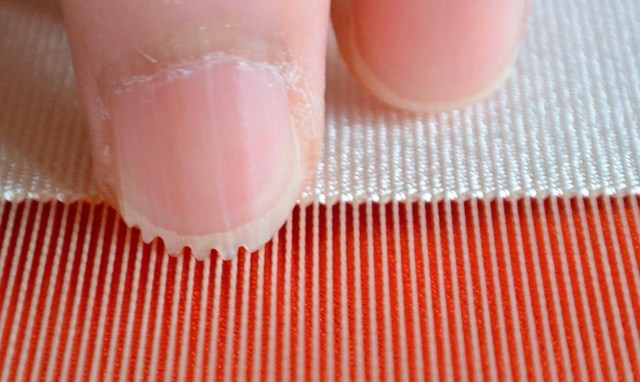
These artisans carve out an essential tool at the end of their fingertips.
Whether they’re shaving wood like cheese or painting intricate freehand patterns with ease, there’s something inherently fascinating about watching experienced craftspeople at work.
This week it’s time to turn our attention to yet another captivating traditional craft, and this one comes to us from Shiga Prefecture, where the artisans involved all have one common physical feature: little jagged edges carved into their fingernails.
The craft these artisans are involved in is called tsumekaki hon tsuzure ori, which literally translates to “nail-scratching genuine-tapestry weave“. As the name suggests, this technique involves the use of nails in order to create the weave, and it’s the oldest type of Nishijin Ori, a traditional textile produced in the Nishijin district of Kyoto.
Made in Japan for over 1,000 years, one company in Shiga Prefecture is working hard to promote the ancient craft and keep it relevant for today by using it to create products suited to modern lifestyles. Called Kiyohara Orimono, the company has also produced this video to give us a behind-the-scenes look at the weaving process, and the reason why those jagged little nails come in handy.
The video above shows how the filed nail is used as a tool for weaving, scratching the threads together with its serrated edge, as it’s been done for centuries.
The result of this painstaking process is a fabric with elaborate patterns that look as if they’ve been painted on with a brush.
Surprisingly, not a lot of people in Japan were aware that this technique existed, and when Kiyohara’s Senior Managing Director Seiji Kiyohara brought it to everyone’s attention with this tweet on Twitter, it quickly went viral.
https://twitter.com/Sksk72957267/status/1295567078947041280And to answer everyone’s question about how the nails are filed into such precise little triangular tips, this is how it’s done.
https://twitter.com/Sksk72957267/status/1295717816696479746Kiyohara, who says his goal is to ensure that traditional Japanese weaving techniques never die, is now using age-old fabric-making methods to make stylish products for everyday use under the Sufuto brand.
Though you can’t really put a price on centuries of tradition, Sufuto’s prices start at 3,080 yen (US$29.11) for wind chimes featuring hand-woven fabric, which can be purchased online here.
It’s nice to see ancient traditions throughout Japan being adapted for today in all sorts of interesting ways, bringing us unique products like lattice wood bicycles and 100-year cosmetics brushes. Here’s hoping these traditions survive well into the future, because carrying our watermelons just wouldn’t be the same without them.
Source, images: YouTube/株式会社清原織物
● Want to hear about SoraNews24’s latest articles as soon as they’re published? Follow us on Facebook and Twitter!

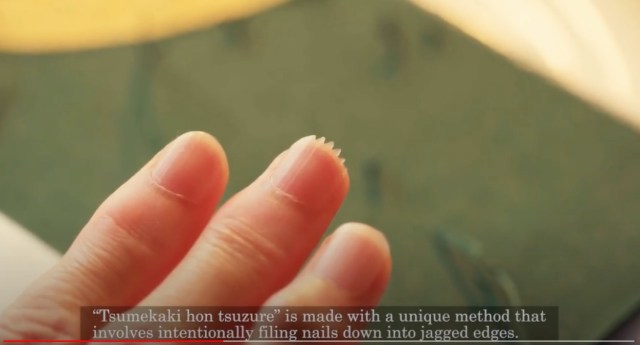
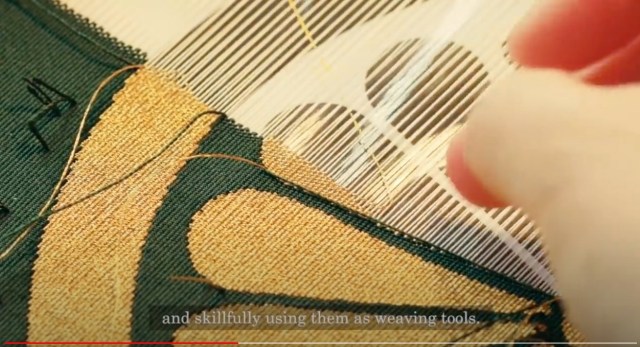
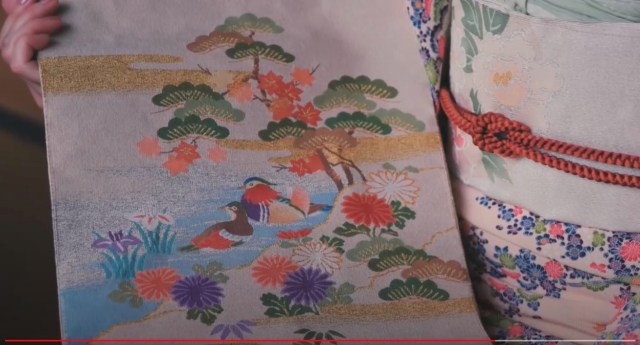
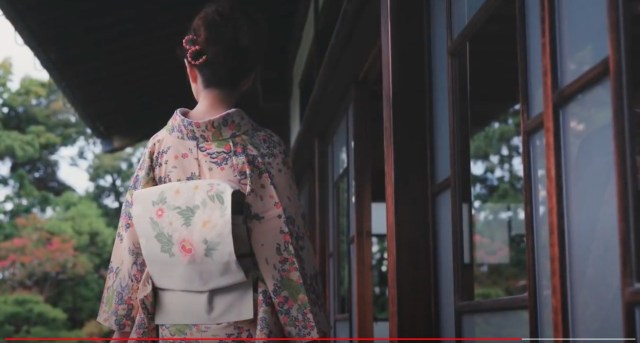
 Ojiya Chijimi: the amazing centuries-old Japanese craft that bleaches kimono textiles with snow
Ojiya Chijimi: the amazing centuries-old Japanese craft that bleaches kimono textiles with snow Cup Noodle tries an authentic Jiro-style ramen, but something’s not quite right
Cup Noodle tries an authentic Jiro-style ramen, but something’s not quite right The best Starbucks Japan Frappuccinos we want to drink again in 2026
The best Starbucks Japan Frappuccinos we want to drink again in 2026 What did Shibuya really look like after the crowds on New Year’s Day?
What did Shibuya really look like after the crowds on New Year’s Day? New Japanese menstrual product seeks to help women spot unidentified iron deficiencies
New Japanese menstrual product seeks to help women spot unidentified iron deficiencies Tokyo day-trip hot springs: Beautiful Mt. Fuji-view bath is just one highway bus stop from Shibuya
Tokyo day-trip hot springs: Beautiful Mt. Fuji-view bath is just one highway bus stop from Shibuya Pizza Hut Japan’s hot lucky bags are perfect for a New Year’s pizza party
Pizza Hut Japan’s hot lucky bags are perfect for a New Year’s pizza party That time Seiji called JASRAC to ask why he didn’t get paid royalties for his song being on TV
That time Seiji called JASRAC to ask why he didn’t get paid royalties for his song being on TV New samurai glasses are Japan’s latest weird must-have souvenir
New samurai glasses are Japan’s latest weird must-have souvenir East Japan Railway abolishes skirts, ribbons in women’s uniforms to “eliminate gender difference”
East Japan Railway abolishes skirts, ribbons in women’s uniforms to “eliminate gender difference” Japanese Mom’s son makes Mario Maker course just for her, easy to clear, impossible to forget【Vid】
Japanese Mom’s son makes Mario Maker course just for her, easy to clear, impossible to forget【Vid】 Starbucks Japan ready to get Year of the Horse started with adorable drinkware and plushies【Pics】
Starbucks Japan ready to get Year of the Horse started with adorable drinkware and plushies【Pics】 7 great places to see Mt. Fuji from without having to climb it
7 great places to see Mt. Fuji from without having to climb it Cyberpunk anime meets traditional culture in Ghost in the Shell gold leaf Japanese changing screens
Cyberpunk anime meets traditional culture in Ghost in the Shell gold leaf Japanese changing screens Hayao Miyazaki says Happy New Year to Studio Ghibli fans with new art for Year of the Horse
Hayao Miyazaki says Happy New Year to Studio Ghibli fans with new art for Year of the Horse Hello Kitty Choco Egg figures are an adorable trip through three periods of Japanese pop culture【Pics】
Hello Kitty Choco Egg figures are an adorable trip through three periods of Japanese pop culture【Pics】 We found possibly the quietest Japanese-style hotel in Tokyo’s bustling Shinjuku district
We found possibly the quietest Japanese-style hotel in Tokyo’s bustling Shinjuku district 7-Eleven Japan’s ramen-cooking robot whipped us up a bowl of noodles【Taste test】
7-Eleven Japan’s ramen-cooking robot whipped us up a bowl of noodles【Taste test】 Sumo Sanrio! Hello Kitty and pals team up with Japan Sumo Association for new merch【Pics】
Sumo Sanrio! Hello Kitty and pals team up with Japan Sumo Association for new merch【Pics】 Japan’s oldest largetooth sawfish in captivity back on display in Mie Prefecture
Japan’s oldest largetooth sawfish in captivity back on display in Mie Prefecture More Than a Capsule Stay: Why Solo Travelers Choose “global cabin Yokohama Chinatown”
More Than a Capsule Stay: Why Solo Travelers Choose “global cabin Yokohama Chinatown” 7-Eleven Japan starts new temporary luggage storage service in over 300 branches
7-Eleven Japan starts new temporary luggage storage service in over 300 branches Disillusionment at Tsukiji’s tourist-target prices led us to a great ramen restaurant in Tokyo
Disillusionment at Tsukiji’s tourist-target prices led us to a great ramen restaurant in Tokyo Starbucks teams up with 166-year-old Kyoto doll maker for Year of the Horse decorations【Photos】
Starbucks teams up with 166-year-old Kyoto doll maker for Year of the Horse decorations【Photos】 Tokyo considering law requiring more trash cans following litter increase in heavily touristed area
Tokyo considering law requiring more trash cans following litter increase in heavily touristed area Tokyo’s Tsukiji sushi neighborhood asks tour groups to stay away for the rest of the month
Tokyo’s Tsukiji sushi neighborhood asks tour groups to stay away for the rest of the month Tokyo event lets you travel back in time, for free, to celebrate 100 years since Showa era start
Tokyo event lets you travel back in time, for free, to celebrate 100 years since Showa era start Sanrio theme park in Japan announces plans to expand into a Sanrio resort
Sanrio theme park in Japan announces plans to expand into a Sanrio resort Japan may add Japanese language proficiency, lifestyle classes to permanent foreign resident requirements
Japan may add Japanese language proficiency, lifestyle classes to permanent foreign resident requirements Stamina-destroying “Paralysis Noodles” are Tokyo’s newest over-the-top ramen innovation
Stamina-destroying “Paralysis Noodles” are Tokyo’s newest over-the-top ramen innovation Survey asks foreign tourists what bothered them in Japan, more than half gave same answer
Survey asks foreign tourists what bothered them in Japan, more than half gave same answer Japan’s human washing machines will go on sale to general public, demos to be held in Tokyo
Japan’s human washing machines will go on sale to general public, demos to be held in Tokyo Japan’s deadliest food claims more victims, but why do people keep eating it for New Year’s?
Japan’s deadliest food claims more victims, but why do people keep eating it for New Year’s? We deeply regret going into this tunnel on our walk in the mountains of Japan
We deeply regret going into this tunnel on our walk in the mountains of Japan Studio Ghibli releases Kodama forest spirits from Princess Mononoke to light up your home
Studio Ghibli releases Kodama forest spirits from Princess Mononoke to light up your home Major Japanese hotel chain says reservations via overseas booking sites may not be valid
Major Japanese hotel chain says reservations via overseas booking sites may not be valid Put sesame oil in your coffee? Japanese maker says it’s the best way to start your day【Taste test】
Put sesame oil in your coffee? Japanese maker says it’s the best way to start your day【Taste test】 No more using real katana for tourism activities, Japan’s National Police Agency says
No more using real katana for tourism activities, Japan’s National Police Agency says Starbucks Japan reveals new sakura drinkware collection, inspired by evening cherry blossoms
Starbucks Japan reveals new sakura drinkware collection, inspired by evening cherry blossoms Updated cherry blossom forecast shows extra-long sakura season for Japan this year
Updated cherry blossom forecast shows extra-long sakura season for Japan this year
Leave a Reply